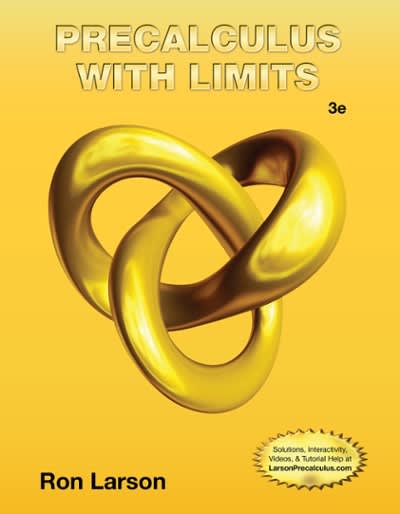see picture
DESMOND (Diabetes Education and Self Management for Ongoing and Newly Diagnosed) is a structured group education program for patients with Type 2 diabetes. The results and excerpts in this question are from a report following a cluster randomised controlled trial into the effectiveness of the education program. Davies MJ. Heller S, Skinner TC, Campbell MJ, Carey M E, Cradock 5 et al. Effectiveness of the diabetes education and self management for ongoing and newly diagnosed (DESMOND) programme for people with newly diagnosed type 2 diabetes: cluster randomised controlled trial BMJ2008; 336 :491 https://www.bmj.com/content/336/7642/491 A sample of 207 general practices (totaling 824 patients) were randomised at practice level to either the education program or usual care. According to the report, the main outcomes were Haemoglobin A1c levels, blood pressure, weight, blood lipid levels, smoking status, physical activity, quality of life, beliefs about illness, depression, and emotional impact of diabetes. These outcomes were measured at baseline, 4 months, 6 months, and 12 months. Statistical analysis Statistical analysis was carried out on an intention to treat basis. Results are reported according to consolidated standards of reporting trials guidelines for cluster randomised trials." We summarised continuous variables using means, standard deviations, medians, and ranges, and categorical variables using counts and percentages. Missing outcomes were not replaced and we derived an average over time of continuous outcomes. This procedure measures the cumulative effect of the treatment and has the maximum number of participants. To adjust for a potential clustering effect we used robust generalised estimating equations" with exchangeable correlation structure. For binary outcomes we used a logit link with a binomial distribution for the outcome, and for continuous outcomes we used an identity link with a normal distribution. For ordinal outcomes we used an ordinal regression model with proportional odds assumption, adjusted for clusters.$2 To investigate whether changes in illness beliefs are predictive of changes in outcome variable, we carried out multiple regressions with adjustment for age, sex, and baseline value of the outcome variable. Variables were entered in specified sequence, and we report standardised regression weights (B). Adjustments were not made for multiple testing. All the results from planned analyses are reported and small P values are interpreted taking into account the overall pattern of the results. Statistical significance was set at 5%. Data were analysed independently at the University of Sheffield using Stata version 9. Outcomes at 12 months Outcome p-value* Outcome p-value* Biomedical Haemoglobin A1C 0.88 Lifestyle measures Smoking 0.033 measures level (96) status Body weight (kg) 0.025 Physical 0.81 activity Total cholesterol 0.33 Illness perception Coherence







